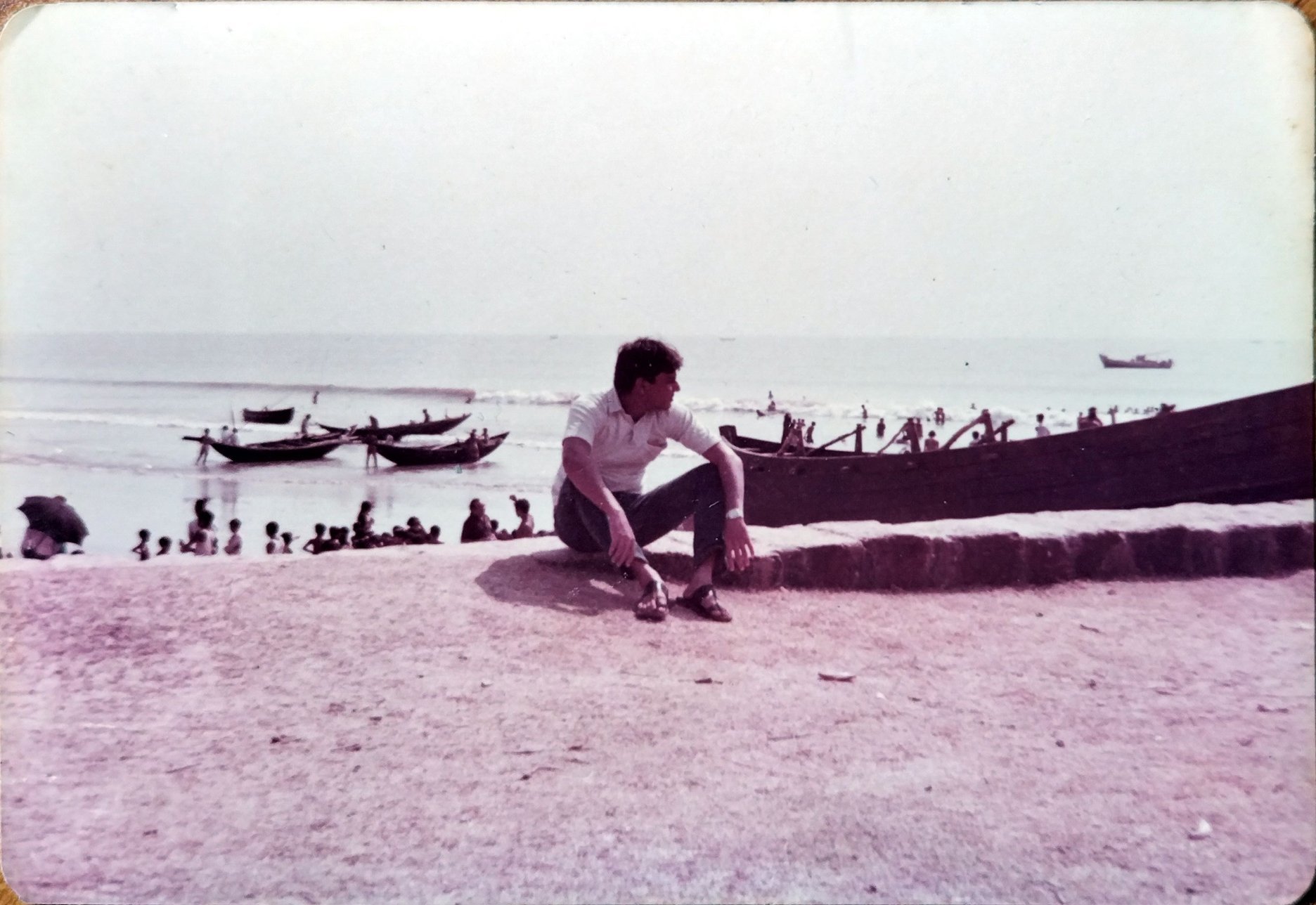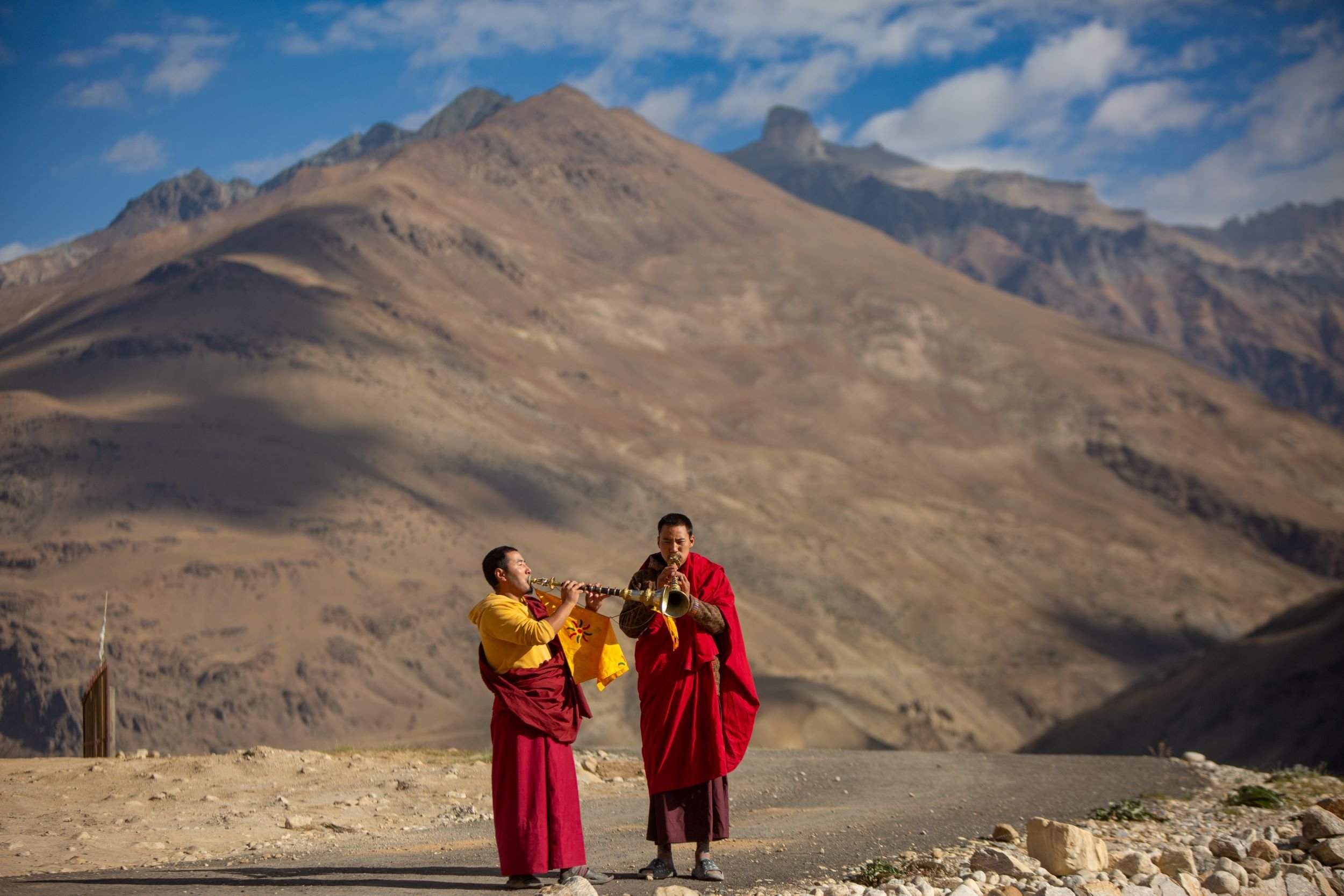The Goan Snack That Makes a Winter Appearance

Arti Das writes about the Goan sweet, khaaje, a deep-fried besan stick coated with sugar or jaggery, that is sold in the winter months at feasts and fairs throughout the state.
In Goa, winter is not cold. Most will not even call it winter, but it has its own charm. The cool nights, the pleasant morning breeze and the heady scent of Devil Tree blossoms, all indicate the arrival of winter in Goa.
But what truly makes winter special here, is the celebration of village feasts, and ‘zatras’ or fairs. Soon after the harvest season, from November to March, these feasts are held in every village in honour of a saint, or the Virgin Mary; while the zatras celebrate the village deity, and lasts a merry four or five days.
These fairs are when people return to their villages, meet old friends, make new ones, and have an all round excellent time feasting on traditional sweet and savoury treats. If you are in Goa for a feast or zatra, it is very likely that you will be offered Goa’s unique sweet snack—Khaaje or Kadyo Badyo. This fried stick, coated in sweetness, is sold by the kilograms at humble sweetmeat stalls near the temple or church.
These stalls, often the highlight of these feasts, sell everything from religious items and toys, to kitchen equipment and clothes. People from all over Goa flock to the fairs to earn blessings, and return with shopping bags bursting at the seams. And at least one item in these shopping bags is always a packet of Khaaje.
Khaaje is predominantly found in Goa and a few Konkan villages of Maharashtra. Its origins are unclear, but is known to be rooted to the winter season. “The zatras are usually held at night, and there was a need to snack on something to help brave the cold. Khaaje, with ingredients like the jaggery and sesames seeds, help stay warm on chilly winter nights,” says Rajaram Chanekar of Chanekar Classics, whose family has been making this sweet for 150 years now. He has expanded the family business by now supplying Khaaje to Goa’s supermarkets throughout the year.
Khaaje is a feast speciality, made and sold only during village feasts and fairs. To taste it, you have to be in Goa at the right time. “Khaaje is seasonal, available only during winter. We’ve always bought ours from the same shop, in my village in Mashel (North Goa). That taste is absolutely unique,” says Goa-based brand consultant Dattaprasad Shetkar, who also conducts heritage walks in his village.
Khaaje is made from chickpea, or besan paste, deep-fried in huge kadais, then fished out with a wooden sieve before being coated with melted jaggery that has been flavoured with ginger. The sticks are garnished with a generous amount of sesames seeds, and edible colouring, a tactic to attract children. It comes in three flavours and colours — orange, coated with jaggery and sesames seeds; white, coated with powdered sugar; and the tastiest of them all, with no food colouring and only a coating of jaggery and sesames seeds, with a strong ginger flavour. Watching these being fried in large batches, anticipating the piping hot khaaje, the slightly melting jaggery, is part of the experience, while you wait for your purchase.
A village temple surrounded by stalls during a zatra or fair
Image credit: Arti Das
Along with khaaje, these stalls also sell boondi laddoos, revdi (a ball of jaggery and sesame seeds), jalebi, and savoury items like chiwda, and spicy sev. But, the long queues are mainly for the khaaje. The mountain of sweets, diligently covered with white muslin cloth or newspaper to protect from dust and pollution, always grabs eyeballs, from toddlers to grandparents.
Traditionally, people from other villages were invited for ‘kaalo’ (the village deity’s annual festival in winter), and were gifted a packet of khaaje to carry back home with them. If there was someone who couldn’t attend the festival, packets were delivered to their homes. For the Goan Catholics, buying this packet of sweets is a must. “We call it kadyo-badyo and we buy it religiously. It is not your regular sweet which is found in sweet marts. It is a custom to buy this sweet after attending the feast mass,” says lawyer Jessica Fernandes.
Khaaje has also come to be a symbol of Goa’s harmony. Traditionally made for zatras, it is now also an integral part of church feasts too. In Goa, people from both faiths, Christianity and Hinduism, typically visit each other’s festivals; a tradition that has been cherished and nurtured by Goans.
Goa’s biggest feast — the St. Francis Xavier’s Feast in Old Goa, held in early December, sees a numbers of stalls selling khaaje. Uday Manerkar, who has a stall at this feast, sells around 100 kilograms per day, but says volumes have decreased. “There is still demand for it. But earlier an individual would buy 5 to 6 kilograms, and now it has reduced to just 1 or 2.” Perhaps there is a health angle to this? “We make sukhe khaaje too, or khaaje without sugar and jaggery,” Manerkar adds. Making khaaje is a laborious task, and one requires working odd hours during the winter months. But no one complains, as making feast food is a blessing.
Arti Das is a freelance journalist who writes about the art, culture and ecology of Goa.
ALSO ON THE GOYA JOURNAL








